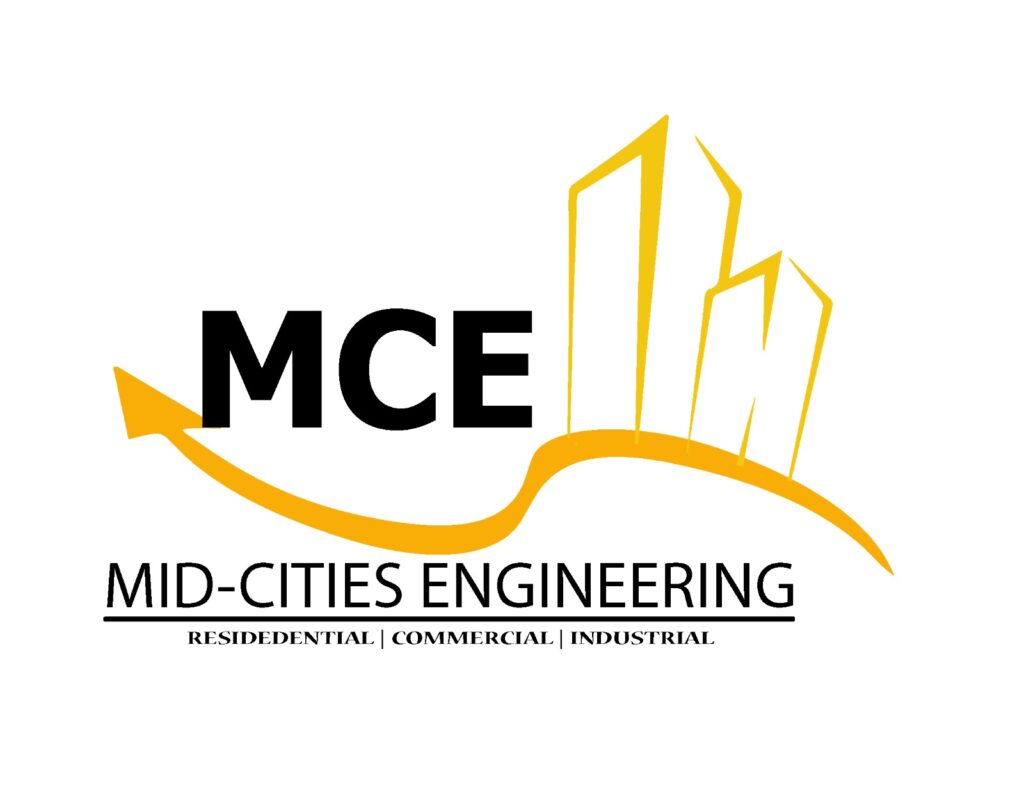Feasibility Studies
Feasibility Studies
Feasibility studies refer to comprehensive assessments conducted to evaluate the practicality and viability of a potential real estate project before it is initiated. These studies are a crucial initial step in the planning process, providing developers, investors, and stakeholders with essential information to make informed decisions. The primary purpose of a feasibility study is to determine whether a proposed land development project is financially, environmentally, and technically feasible. By analyzing factors such as market demand, land conditions, regulatory requirements, construction costs, and potential risks, feasibility studies help mitigate risks and ensure that resources are allocated efficiently.
Previous
Next
Key Components:
- Market Analysis: Assessing market demand, competition, and trends in the target area.
- Site Analysis: Evaluating land conditions, topography, soil quality, and any potential constraints.
- Additional Dewelling Units (ADUs) are secondary housing units that are built on the same property as a primary residence.
- Financial Analysis: Estimating construction costs, operating expenses, projected revenues, and return on investment (ROI).
- Risk Assessment: Identifying potential challenges, such as legal, environmental, or economic risks, and proposing mitigation strategies.
- Environmental Impact Assessment: Evaluating the project's impact on the environment and ensuring compliance with regulations.
- Regulatory Compliance Evaluation: Ensuring that the project complies with local zoning laws, building codes, and other regulations.
Analysis Points:
- Determine financial feasibility by comparing estimated costs and revenues, considering factors like financing options and market conditions.
- Analyze market demand by studying demographics, competition, and consumer preferences.
- Evaluate site suitability and constraints, such as access to utilities, transportation, and potential environmental issues.
- Assess the project's impact on the environment, wildlife, and natural resources.
- Identify and mitigate potential risks, including legal disputes, economic downturns, or unforeseen construction challenges.
- Ensure compliance with all relevant regulations and obtain necessary permits and approvals.
- Present the findings to stakeholders, including investors, lenders, and decision-makers, to make informed project decisions.

